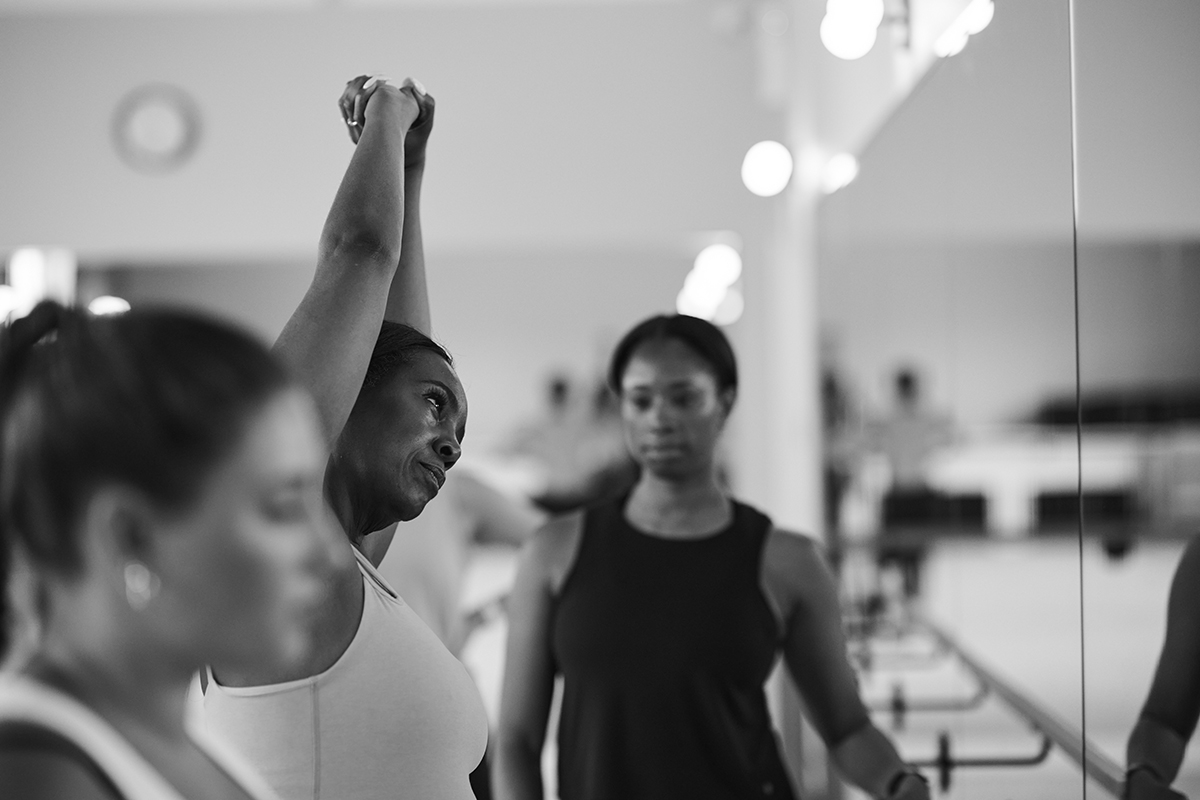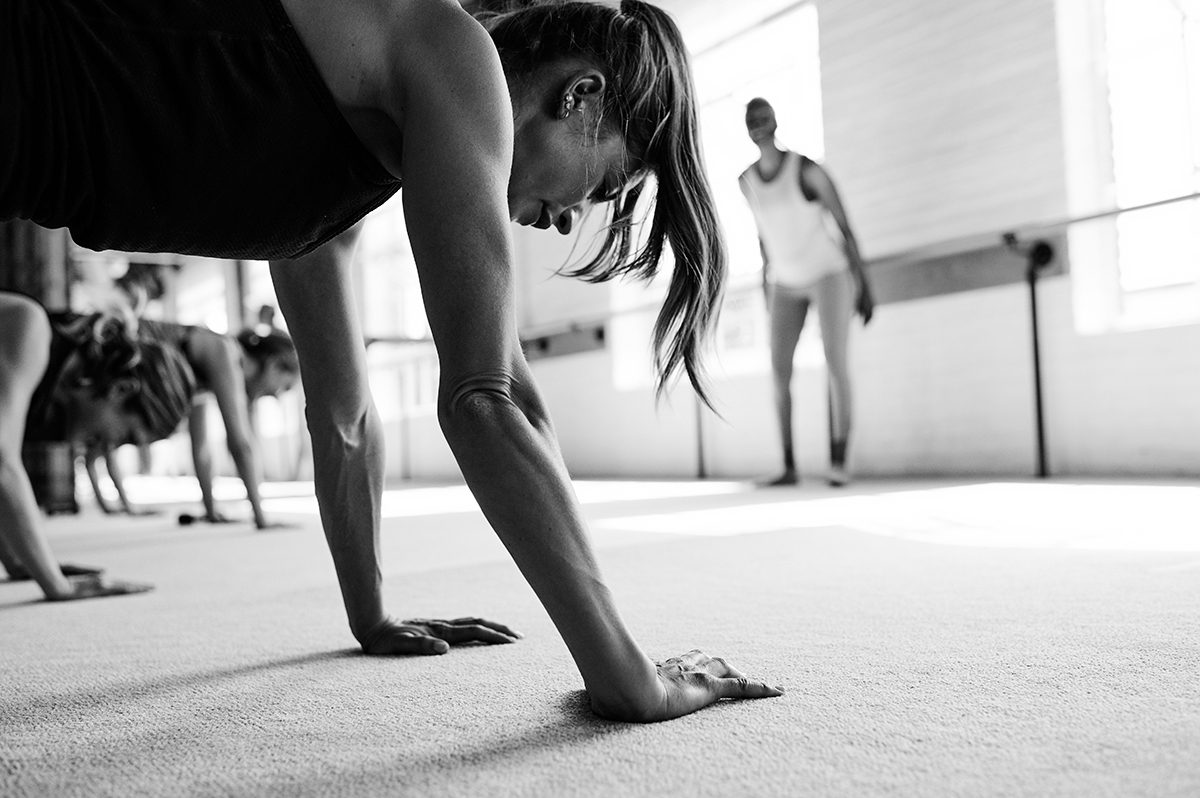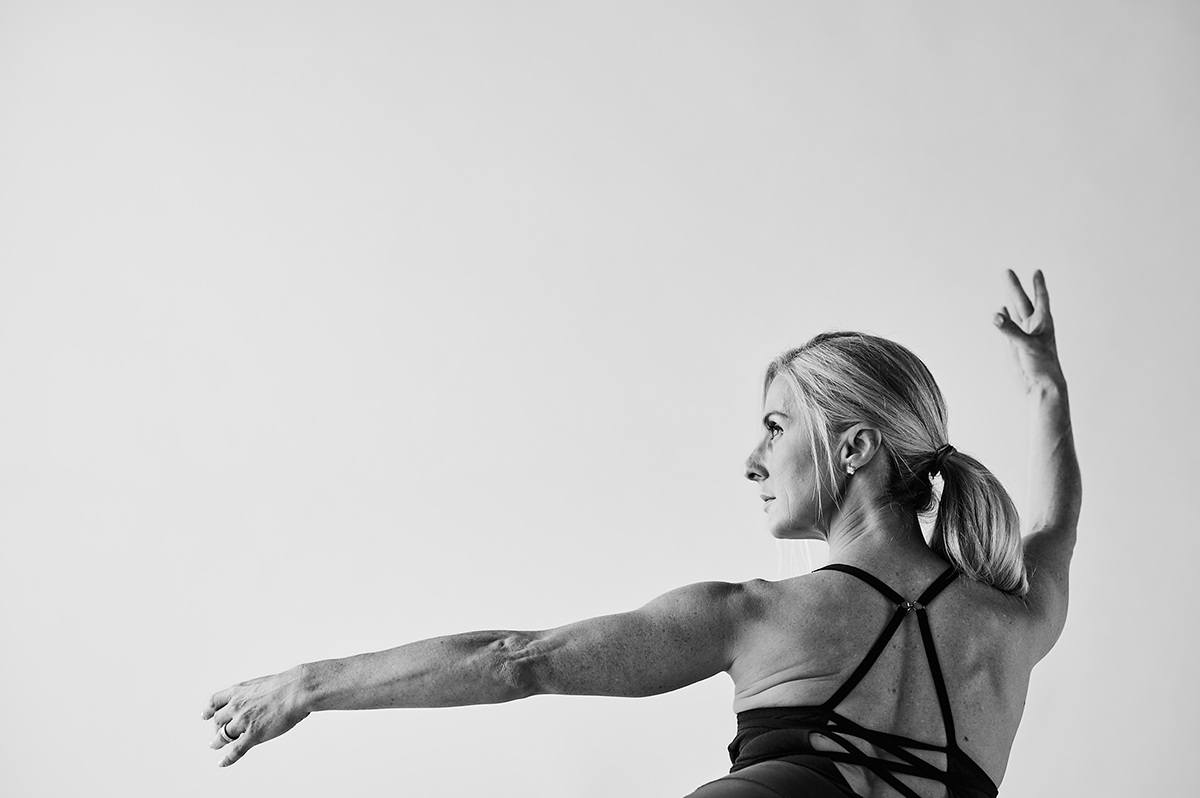New clients! For a limited time, Get 13 Classes for $78 (only $6 per class)
Dancer Legs vs. Runner’s Legs: The Defining Difference
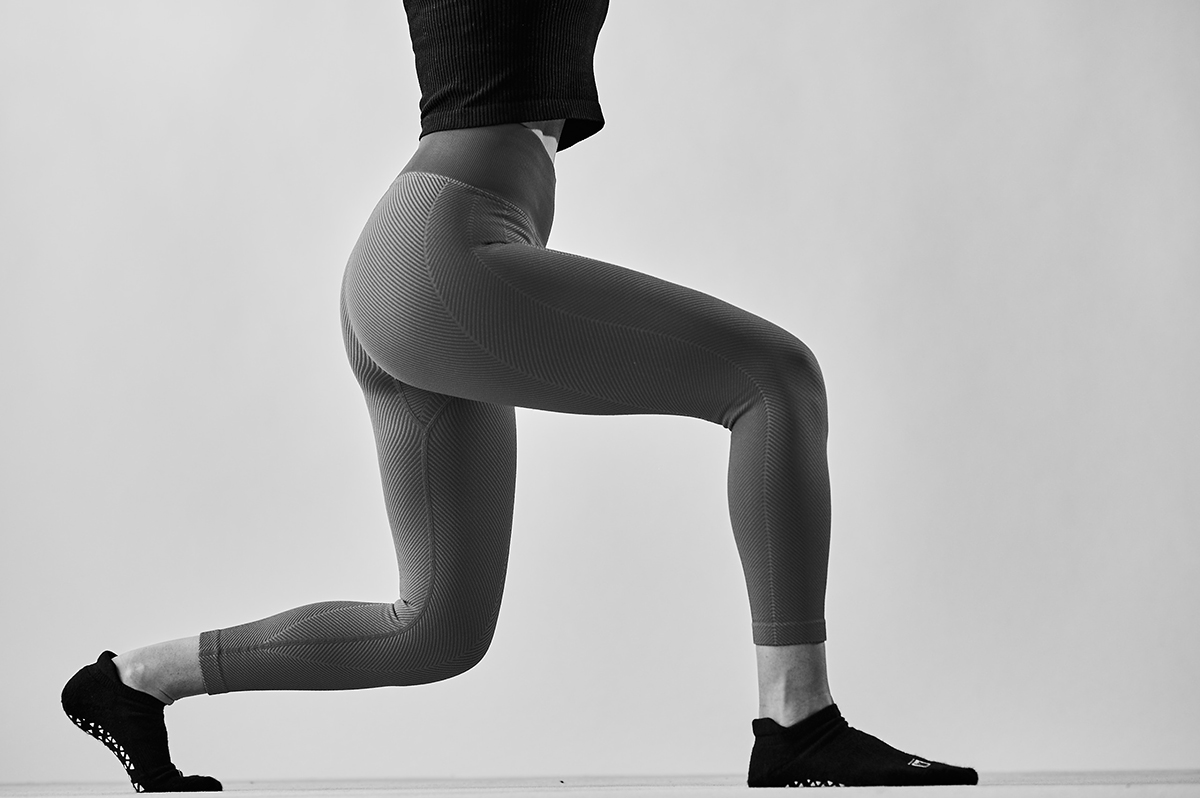
Changing body composition to reveal strong, toned legs — like ballerina legs, runners’ thighs, or dancer thighs — is a common goal of many barre students. What do runner legs and dancer legs really look like, and how are they different?
If you were shown two pairs of legs, one belonging to a runner and the other to a dancer, would you be able to tell which was which? You might think the runner would have lean, straight legs with angular quads, and lean hips but little definition in the outer glutes. The dancer would have curvier legs, defined and lifted glutes, and more compact, firmer looking muscles.
As straightforward as these differences may seem, there is no scientific validation for them, and each person’s body composition depends on several factors, including:
- Age
- Sex
- Diet and nutrition
- Physical activity level
- Hormones
- Genetic makeup
However, many barre students notice a physical transformation after several months of regular barre training, especially in the appearance of their limbs. After all, barre is a unique blend of yoga, dance, Pilates, and strength training that works deep into your muscles.
So, what’s the difference between dancer legs and runner legs? And can the appearance of your legs — dancer thighs or runners’ thighs — really determine if your barre workouts are effective? Let’s talk about it. We’ll cover:
- Dancer legs vs. runners’ legs
- The muscles worked by running and dance
- How to choose between running and dance workouts
- How to set realistic body transformation goals
Which Muscles Does Running Tone?
Running primarily engages the following muscles:
- Lats
- Delts
- Glutes
- Quads
- Hamstrings
- Calves
- Hip flexors
- Core
What Do Runner Legs Look Like?
Running affects everyone’s body differently, but developing “runner legs” is a common fitness goal. Typically, that means someone wants to change their body composition to reveal long, muscular, toned legs and a tight core — the look that’s typical of long distance runners. For sprinters, runner legs may mean more prominent glutes and muscular thighs.
Which Muscles Does Dancing Tone?
The muscles worked during a dance session vary depending on the style of dance, but dance workouts generally target these muscles:
- Traps
- Lats
- Delts
- Glutes
- Quads
- Hamstrings
- Calves
- Adductors and abductors
- Obliques
Dance and running can both be full-body workouts, but they vary in intensity, movement, and duration, potentially resulting in different physical appearances.
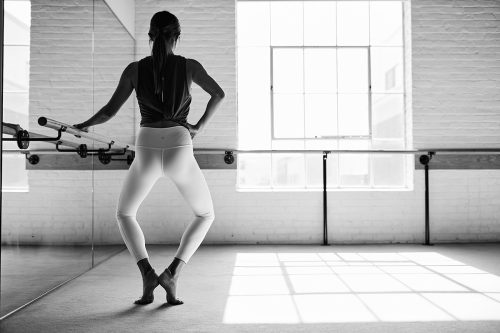
What Do Dancer Legs Look Like?
Every dancer’s body is different, but dancer legs are generally characterized by strong, toned thighs, defined calves, and a round seat (aka bum). The lean, toned look of ballerina legs is a result of extended, repetitive holds and extensions that challenge the glutes, quads, and calves, in particular.
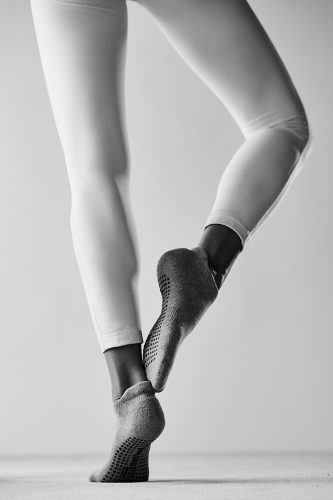
Dancer Legs vs. Runner’s Legs: The Main Differences
Ultimately, the appearance and function of runner legs and dancer legs comes down to a few key factors:
- Muscle definition
- Strength
- Endurance
- Flexibility
1. Muscle definition
While dancer legs and runner legs both have defined muscles, they differ slightly in appearance due to the mechanics of running and dance.
Dancers use controlled movements that engage multiple lower-body muscles over a long period of time, resulting in increased muscle definition and strength down the whole leg, from the glutes to the calves.
On the other hand, runners rely heavily on their quads and hamstrings to propel themselves forward, increasing muscle definition in runners’ thighs. However, intense running over long distances is a major calorie burner. As runners’ bodies burn calories, they may turn to muscle and fat reserves for energy. Like any prolonged workout, this can lead to loss of muscle mass that slims the appearance of the legs. So, the structure of runner legs also depends on average distance, speed, and diet and nutrition.
2. Strength
The defined appearance of runner legs or dancer legs both require strength. After all, you can’t build muscle definition without muscle.
Dance and barre exercises require muscle engagement over extended periods of time — sometimes several minutes. This prolonged strengthening technique forces the deepest muscle fibers to fire, building all-over strength.
Running, especially when paired with a regular strength training regimen, can also help you develop more lower-body strength (hello, runners’ thighs!).
The main difference when it comes to strength in runners’ legs vs. dancers’ legs is the specific muscles that each type of exercise targets.
3. Endurance
One of the key differences between dancer legs vs. runners’ legs isn’t actually visible. Endurance, the ability to continuously engage a muscle for an extended period of time, varies between dancer legs and runner legs.
When someone is running, each step they take on one leg gives a brief rest to the other. Additionally, the quads and hamstrings fire separately, so running is an energy-efficient movement. In a situation that calls for sustained muscle tension — such as a dance or barre class — runners’ thighs may fatigue quickly. Dancers, on the other hand, train to hold sustained positions such as plies, extensions, and balances and typically have more muscular endurance.
4. Flexibility
Dance is known to improve flexibility, so dancer legs tend to be more flexible than runner legs. Many runners report tightness around their hips, which could mean they need to stretch or build up more strength in their hip flexors.
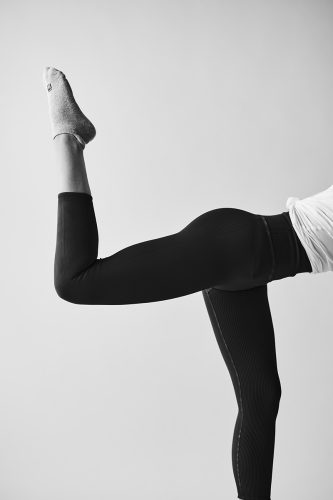
A Final Note on Dancer Legs vs. Runners’ Legs
The bottom line is that any legs can be runner legs or dancer legs, regardless of physical appearance. So, is running or dance a better strength training workout? It’s up to your personal preferences.
Our advice: Listen to your body and choose what you enjoy doing. Understand that any type of movement is good movement and remember to celebrate what your legs — and the rest of your body — are capable of.
Barre workouts help you achieve full-body transformation — and reveal your inner strength in the process. Find your barre studio to get started.

